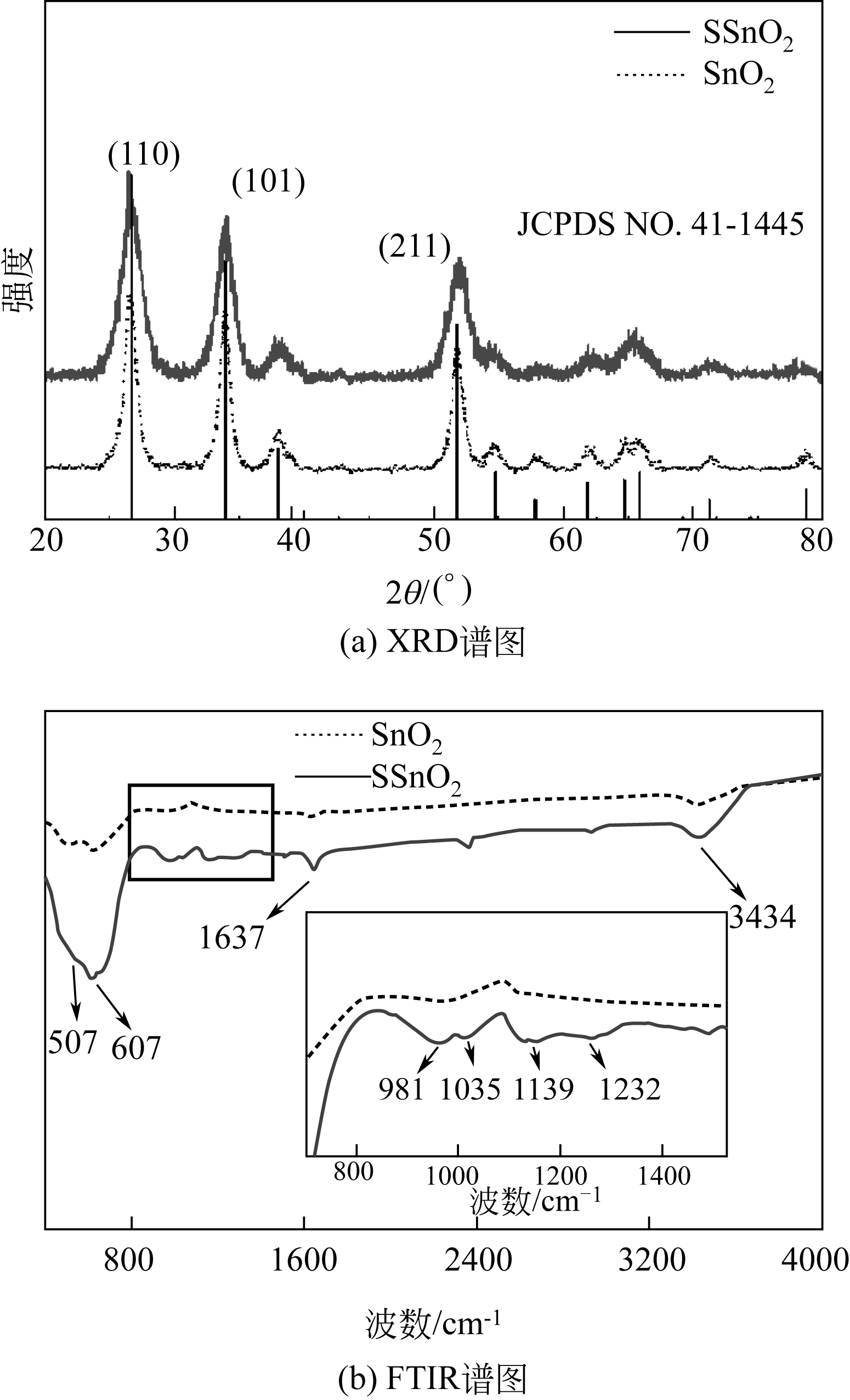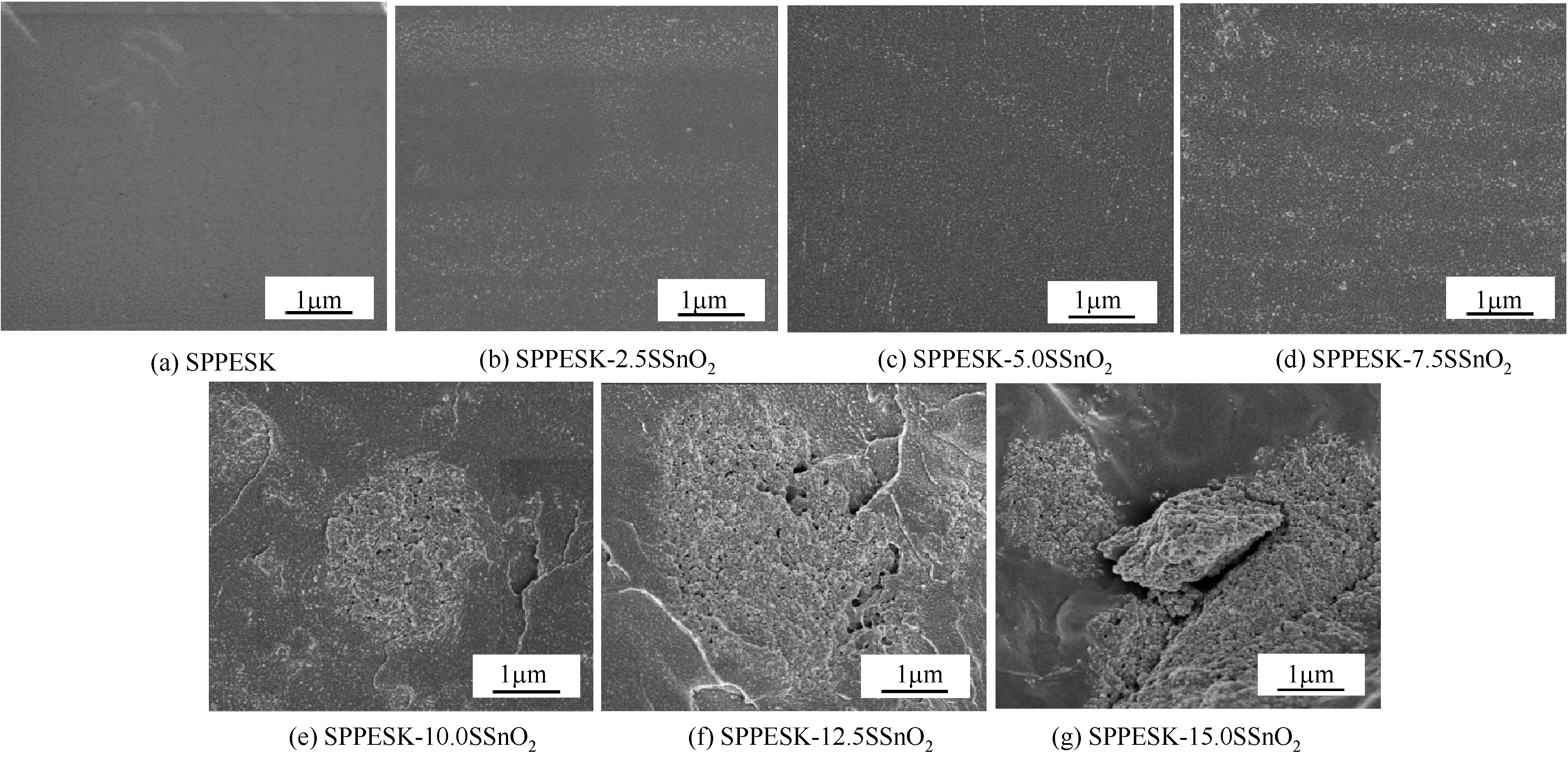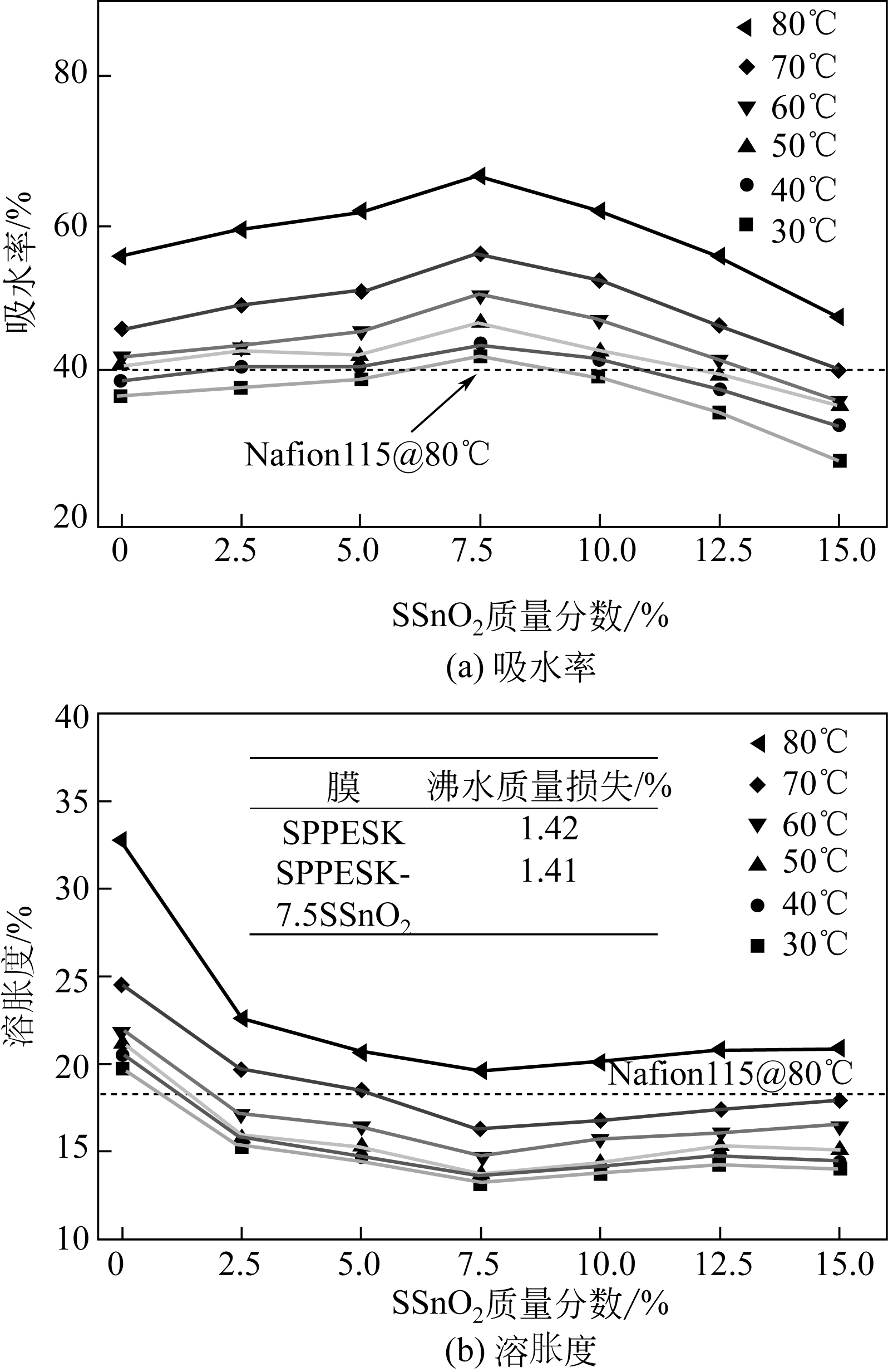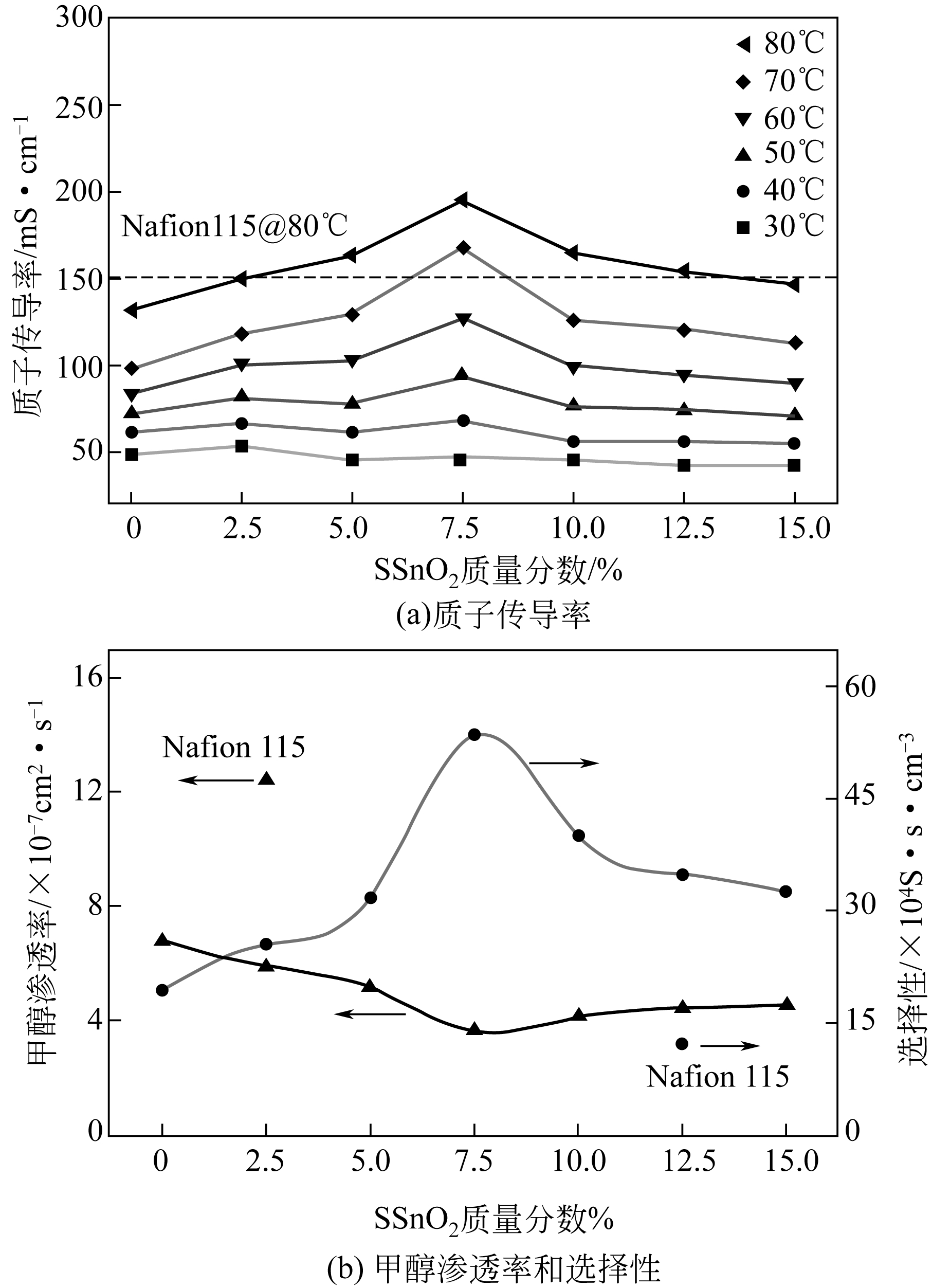| 1 |
WU Q , WANG H , LU S , et al . Novel methanol-blocking proton exchange membrane achieved via self-anchoring phosphotungstic acid into chitosan membrane with submicro-pores[J]. Journal of Membrane Science, 2016, 500: 203-210.
|
| 2 |
ERCELIK M , OZDEN A , DEVRIM Y , et al . Investigation of Nafion based composite membranes on the performance of DMFCs[J]. International Journal of Hydrogen Energy, 2017, 42: 2658-2668.
|
| 3 |
孙媛媛,屈树国,李建隆 . 质子交换膜燃料电池用磺化聚醚醚酮膜的研究进展[J]. 化工进展,2016,35(9):2850-2860.
|
|
SUN Y Y , QU S G , LI J L . Research progress of the sulfonated poly(ether ether ketone)s membranes for proton exchange membrane fuel cell[J]. Chemical Industry and Engineering Progress, 2016, 35 (9): 2850-2860.
|
| 4 |
GIFFIN G A , GALBIATI S , WALTER M , et al . Interplay between structure and properties in acid-base blend PBI-based membranes for HT-PEM fuel cells[J]. Journal of Membrane Science, 2017, 535: 122-131.
|
| 5 |
LADE H , KUMAR V , ARTHANAREESWARAN G , et al . Sulfonated poly(arylene ether sulfone) nanocomposite electrolyte membrane for fuel cell applications: a review[J]. International Journal of Hydrogen Energy, 2017, 42: 1063-1074.
|
| 6 |
ZHANG S , HE G , GONG X , et al . Electrospun nanofiber enhanced sulfonated poly(phthalazinone ether sulfone ketone) composite proton exchange membranes[J]. Journal of Membrane Science, 2015, 493: 58-65.
|
| 7 |
PAN J , WU B , WU L , et al . Proton exchange membrane from tetrazole-based poly(phthalazinone ether sulfone ketone) for high-temperature fuel cells[J]. International Journal of Hydrogen Energy, 2016, 41: 12337-12346.
|
| 8 |
孙园园,吴雪梅,甄栋兴,等 .静电层层自组装改性SPPESK/PWA质子交换膜[J].化工进展,2015,32(12):4285-4289.
|
|
SUN Y Y , WU X M , ZHEN D X ,et al .Modification of SPPESK/PWA proton exchange membrane by layer-by-layer self-assembly[J]. Chemical Industry and Engineering Progress, 2015, 32 (12): 4285-4289.
|
| 9 |
WANG S , DONG F , LI Z , et al . Preparation and properties of sulfonated poly(phthalazinone ether sulfone ketone)/tungsten oxide composite membranes[J]. Asia-Pacific Journal of Chemical Engineering, 2012, 7: 528-533.
|
| 10 |
GONG X , HE G , WU Y , et al . Aligned electrospun nanofibers as proton conductive channels through thickness of sulfonated poly(phthalazinone ether sulfone ketone) proton exchange membranes[J]. Journal of Power Sources, 2017, 358: 134-141.
|
| 11 |
HU Z , HE G , GU S , et al . Montmorillonite-reinforced sulfonated poly(phthalazinone ether sulfone ketone) nanocomposite proton exchange membranes for direct methanol fuel cells[J]. Journal of Applied Polymer Science, 2014, 131: 39852.
|
| 12 |
GU S , HE G , WU X , et al . Synthesis and characteristics of sulfonated poly(phthalazinone ether sulfone ketone)(SPPESK) for direct methanol fuel cell(DMFC)[J]. Journal of Membrane Science, 2006, 281: 121-129.
|
| 13 |
LEE W , GIL S C , KIM H , et al . Partially sulfonated poly(arylene ether sulfone)/organically modified metal oxide nanoparticle composite membranes for proton exchange membrane for direct methanol fuel cell[J]. Composites Science and Technology, 2016, 129: 101-107.
|
| 14 |
SU Y H , LIU Y L , SUN Y M , et al . Using silica nanoparticles for modifying sulfonated poly(phthalazinone ether ketone) membrane for direct methanol fuel cell: a significant improvement on cell performance[J]. Journal of Power Sources, 2006, 155: 111-117.
|
| 15 |
ZHAO S , REN J , WANG Y , et al . Electric field processing to control the structure of titanium oxide/sulfonated poly(ether ether ketone) hybrid proton exchange membranes[J]. Journal of Membrane Science, 2013, 437: 65-71.
|
| 16 |
PANDEY R P , SHUKLA G , MANOHAR M , et al . Graphene oxide based nanohybrid proton exchange membranes for fuel cell applications: an overview[J]. Advances in Colloid and Interface Science, 2017, 240: 15-30.
|
| 17 |
WANG M , LIU G , TIAN Z , et al . Microstructure-modified proton exchange membranes for high-performance direct methanol fuel cells[J]. Energy Conversion and Management, 2017, 148: 753-758.
|
| 18 |
MOSSAYEBI Z , SARIRICHI T , ROWSHANZAMIR S , et al . Investigation and optimization of physicochemical properties of sulfated zirconia/sulfonated poly(ether ether ketone) nanocomposite membranes for medium temperature proton exchange membrane fuel cells[J]. International Journal of Hydrogen Energy, 2016, 41: 12293-12306.
|
| 19 |
PARTHIBAN V , AKULA S , PEERA S G , et al . Proton conducting Nafion-sulfonated graphene hybrid membranes for direct methanol fuel cells with reduced methanol crossover[J]. Energy & Fuels, 2016, 30: 725-734.
|
| 20 |
KIM D J , HWANG H Y , NAM S Y , et al . Characterization of a composite membrane based on SPAES/sulfonated montmorillonite for DMFC application[J]. Macromolecular Research, 2012, 20: 21-29.
|
| 21 |
FURUTA S , MATSUHASHI H , ARATA K . Catalytic action of sulfated tin oxide for etherification and esterification in comparison with sulfated zirconia[J]. Applied Catalysis A: General, 2004, 269: 187-191.
|
| 22 |
CHEN F , MECHERI B , D’EPIFANIO A , et al . Development of Nafion/tin oxide composite MEA for DMFC applications[J]. Fuel Cells, 2010, 10: 790-797.
|
| 23 |
SARAVANAN K , TYAGI B , BAJAJ H C . Nano-crystalline, mesoporous aerogel sulfated zirconia as an efficient catalyst for esterification of stearic acid with methanol[J]. Applied Catalysis B: Environmental, 2016, 192: 161-170.
|
| 24 |
SCIPIONI R , GAZZOLI D , TEOCOLI F , et al . Preparation and characterization of nanocomposite polymer membranes containing functionalized SnO2 additives[J]. Membranes, 2014, 4(1): 123-142.
|
| 25 |
DU L , YAN X , HE G , et al . SPEEK proton exchange membranes modified with silica sulfuric acid nanoparticles[J]. International Journal of Hydrogen Energy, 2012, 37: 11853-11861.
|
 ),Shuai TANG,Musen CHEN,Lei WAN,Xuemei WU,Gaohong HE(
),Shuai TANG,Musen CHEN,Lei WAN,Xuemei WU,Gaohong HE( )
)







